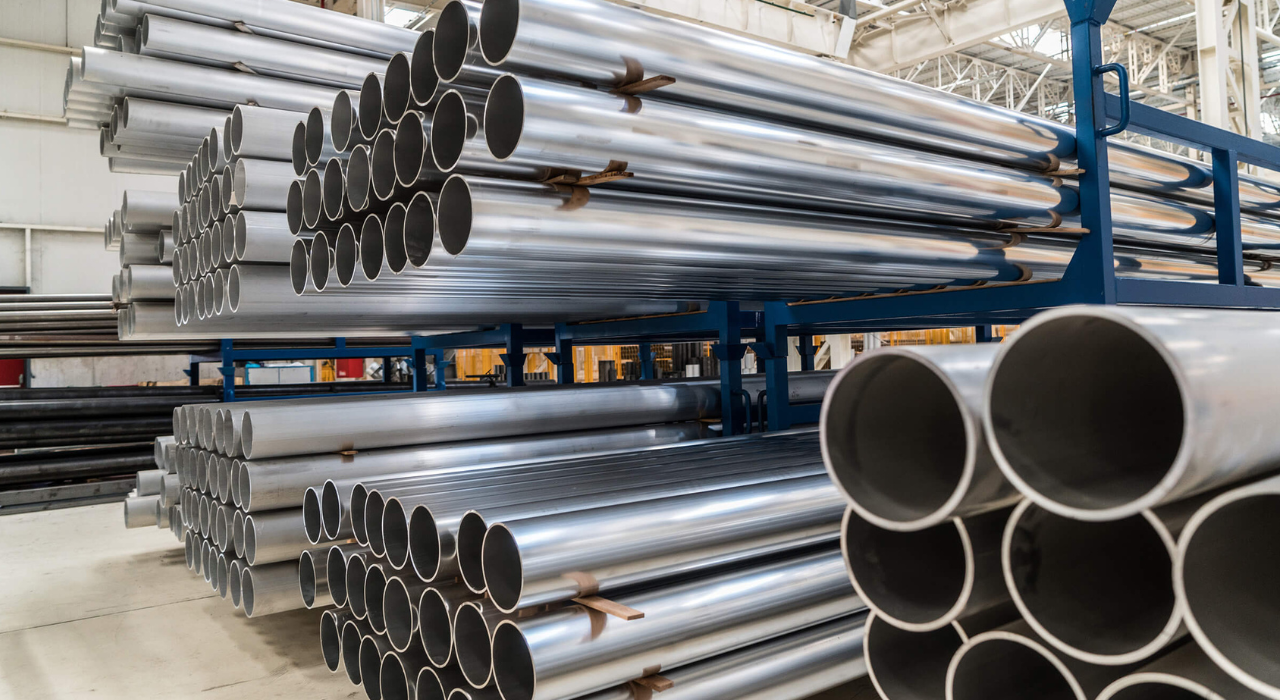Smooth steel and carbon steel are both fundamental materials in metallurgy and building, broadly utilized in totally different businesses due to their curious properties and adaptability. Though mild steel vs carbon steel share similitudes, their contrasts in composition affect their applications and execution. Understanding these contrasts can offer help in selecting the fitting texture for specific needs. This article explores the fundamental compositional contrasts between delicate steel and carbon steel, giving a nitty-dirty examination of their fundamental makeup and how it impacts their characteristics.
Comparative Examination of Delicate Steel and Carbon Steel: Composition and Properties
Delicate steel and carbon steel differentiate inside and out in their compositions and properties. Tender steel, with a moo carbon substance of up to 0.25%, offers tall ductility and ease of fabrication but lower quality. Carbon steel, encompassing a run of carbon substance from moo to tall, gives changing degrees of hardness, quality, and wear resistance. Understanding these contrasts makes a distinction in selecting the fitting texture for specific applications based on mechanical prerequisites and execution needs.
Basic Composition and Definitions
Tender Steel: Smooth steel, in addition, known as moo carbon steel, is characterized by its tolerable moo carbon substance, customarily less than 0.25%. It fundamentally comprises of press, with small entireties of other components such as manganese, and silicon, and takes after sulfur and phosphorus. The moo carbon substance contributes to its milder, more flexible nature, making it less complex to shape and weld.
Carbon Steel: Carbon steel wraps a broader run of steels with moving carbon substance, for the foremost portion is categorized into moo, medium, and tall carbon steels. Moo carbon steels have up to 0.25% carbon, medium carbon steels contain between 0.25% and 0.60% carbon, and tall carbon steels contain between 0.60% and 1.0% carbon. Carbon steel moreover joins other alloying components in changing entireties, depending on the specified properties.
Carbon Substance
The fundamental difference between tender steel and carbon steel lies in their carbon substance. Smooth steel joins a carbon substance of up to 0.25%, which confers its characteristic fragile quality and ductility. In separate, carbon steel can run from moo to tall carbon substance, with medium to tall carbon steels publicizing extended hardness and quality. The carbon substance impacts not because of the materials' hardness and quality but because well its capacity to be set through warm treatment.
Alloying Components
In extension to carbon, both delicate steel and carbon steel contain alloying components, showing disdain toward the reality that their concentrations shift. Smooth steel frequently contains small wholes of manganese (up to 0.7%), and silicon (up to 0.5%), and takes after sulfur and phosphorus. These components appear in moo concentrations to avoid adjusting the essential properties of smooth steel.
Carbon steel, particularly medium and tall carbon variants, frequently contain higher wholes of manganese (up to 1.5%) to advance its hardness and flexible quality. Silicon to boot utilized in higher sums to make strides in the steel's quality and alluring properties. Other alloying components, such as chromium and vanadium, may appear in carbon steels to bestow specific qualities, such as extended wear resistance or moved forward hardenability.
Mechanical Properties
The contrasts in composition between delicate steel and carbon steel lead to assortments in mechanical properties. Tender steel's moo carbon substance comes approximately in awesome ductility, pliability, and weldability, making it idealized for applications requiring wide forming and shaping. In any case, it has modestly lower pliable quality and hardness compared to higher carbon steel.
Carbon steel's mechanical properties move with carbon substances. Moo carbon steel appears to coordinate quality and ductility but can be empowered set through warm treatment. Medium carbon steel offers an alter between quality and ductility, making it sensible for more asking applications. Tall carbon steel gives extraordinary hardness and wear resistance, showing disdain toward the truth that it is less flexible and more challenging to weld and machine.
Warm Treatment Impacts
Warm treatment shapes, such as fortifying, quenching, and treating, have unmistakable impacts on smooth steel and carbon steel due to their compositional contrasts. Smooth steel, with its moo carbon substance, for the foremost portion requires less complex warm treatment shapes to realize needed mechanical properties. Treating is habitually utilized to advance its machinability and diminish internal stresses.
In separate, carbon steel's response to warm treatment depends through and through on its carbon substance. Moo carbon steels can be toughened to advance their ductility and solidness. Medium carbon steels can be quenched and tempered to move forward in quality and hardness. Tall carbon steels, due to their higher carbon substance, are more responsive to setting through quenching and can fulfill transcendent hardness and wear resistance, showing disdain toward the truth that they may get to be more sensitive.
Conclusion
In the rundown, the basic contrasts between smooth steel and carbon steel are established in their carbon substance and the closeness of alloying components. Tender steel, with its moo carbon substance, offers marvelous ductility and ease of creation but has lower quality and hardness compared to carbon steel. Carbon steel, with its moving carbon levels and alloying components, gives a run of mechanical properties sensible for contrasting applications. Understanding these compositional contrasts is noteworthy for selecting the fitting steel sort for specific mechanical and planning needs.


